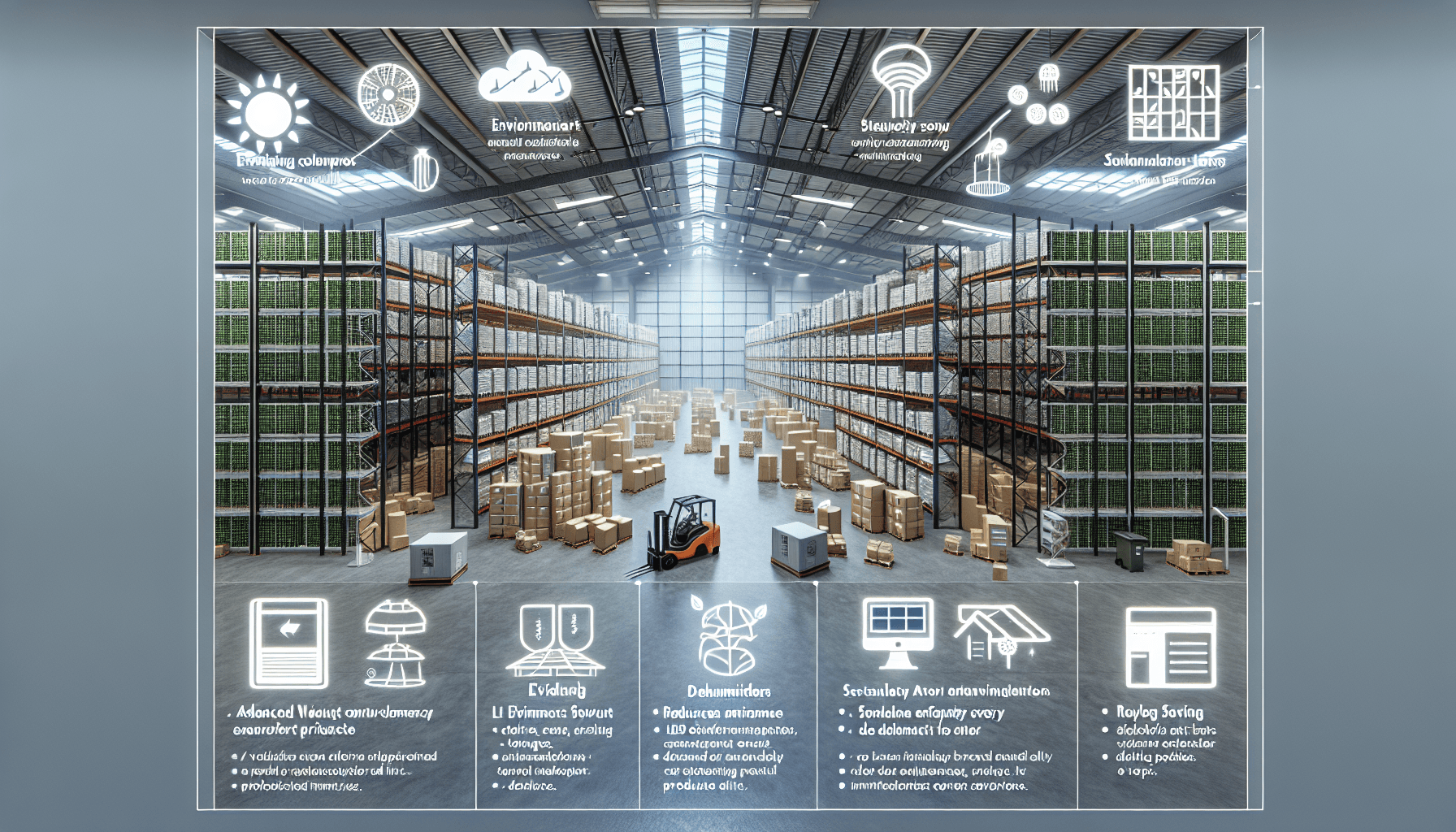Warehouses play a crucial role in the supply chain process, serving as the central hub for storing and distributing goods. In today’s competitive business landscape, warehouse managers must constantly seek ways to optimize operations and reduce costs. One effective solution that has gained traction in recent years is the implementation of warehouse environmental controls. These controls not only contribute to a safer and more productive work environment but also offer significant cost-saving opportunities for businesses.
The Impact of Temperature and Humidity
Temperature and humidity control are two fundamental factors that greatly impact the condition and quality of stored goods in a warehouse. Without proper environmental controls, fluctuating temperatures and excessive humidity levels can lead to the deterioration of sensitive products such as food, pharmaceuticals, and electronics. This can result in significant financial losses for companies, as spoiled or damaged goods must be discarded or sold at heavily discounted prices.
By implementing warehouse environmental controls, businesses can mitigate these risks and improve cost efficiencies. With precise temperature and humidity monitoring systems in place, warehouse managers can ensure that products are stored in optimal conditions, preventing spoilage, and extending their shelf life. This not only reduces waste but also helps businesses maintain the quality of their products, ultimately enhancing customer satisfaction and loyalty.
Energy Efficiency for Cost Savings
Another key benefit of implementing warehouse environmental controls is the potential for significant energy cost savings. Warehouse operations often require large amounts of energy to power lighting, equipment, and HVAC systems. Without proper controls, energy consumption can skyrocket, leading to high utility bills and unnecessary expenses.
Through the implementation of energy-efficient practices and technologies, such as motion sensor lighting, programmable thermostats, and insulation improvements, warehouses can optimize energy usage and reduce costs. For example, motion sensor lighting can automatically turn off when no activity is detected, minimizing energy wastage. Programmable thermostats can adjust temperature settings based on occupancy patterns, further reducing energy consumption.
Furthermore, insulation improvements, such as sealing gaps and using energy-efficient materials, help maintain a consistent internal temperature, reducing the workload on heating and cooling systems and consequently lowering energy usage. By adopting these energy-saving measures, warehouses can achieve substantial cost savings over time.
Enhancing Safety and Productivity
Warehouse environmental controls not only contribute to cost savings but also improve safety and productivity within the facility. Extreme temperatures and humidity levels can create hazardous working conditions for employees, increasing the risk of accidents and injuries. Implementing proper environmental controls ensures that workers can operate in a comfortable and safe environment, minimizing the chances of heat stress, fatigue, or other related health issues.
Moreover, an optimized warehouse environment helps streamline operations and improve overall productivity. By maintaining consistent temperature and humidity levels, businesses can prevent equipment malfunctions and reduce downtime. Workers can perform their tasks efficiently without disruptions caused by environmental factors. This increased productivity translates into tangible benefits for businesses, including improved order fulfillment, reduced errors, and faster turnaround times.
Conclusion
Warehouse environmental controls offer a plethora of benefits for businesses seeking to optimize their operations and reduce costs. From preserving the quality of stored goods to achieving energy cost savings and enhancing safety and productivity, the advantages are clear. By prioritizing the implementation of warehouse environmental controls, businesses can create an optimized, cost-effective, and efficient warehouse environment that sets them apart from the competition.
Ready to optimize your warehouse operations and achieve cost savings? Contact HCO Innovations today for a comprehensive warehouse cost analysis and expert guidance on implementing effective environmental controls.

